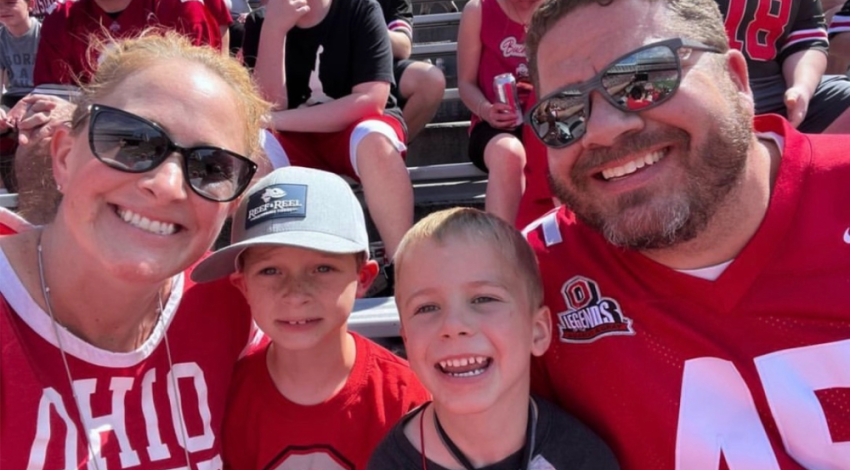A faded sign inside this Darke County institution proudly proclaims the store motto: “A balanced diet is chocolate in both hands.” Sweetness certainly comes in all shapes, sizes, colors, and flavors at Birt’s Store in the village of New Weston.
Birt’s grandfather, Harry Birt Sr., unwittingly started a family tradition in the 1920s when he added five cases of white peppermint lozenges, orange slices, and chocolate drops to his general store shelves. The candy arrived via caboose at a nearby train depot, but it was evident that crew members had sampled plenty along the way.
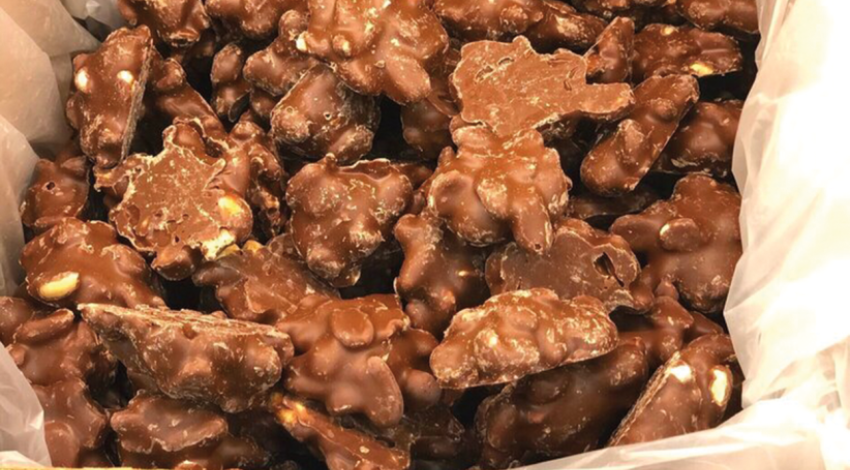
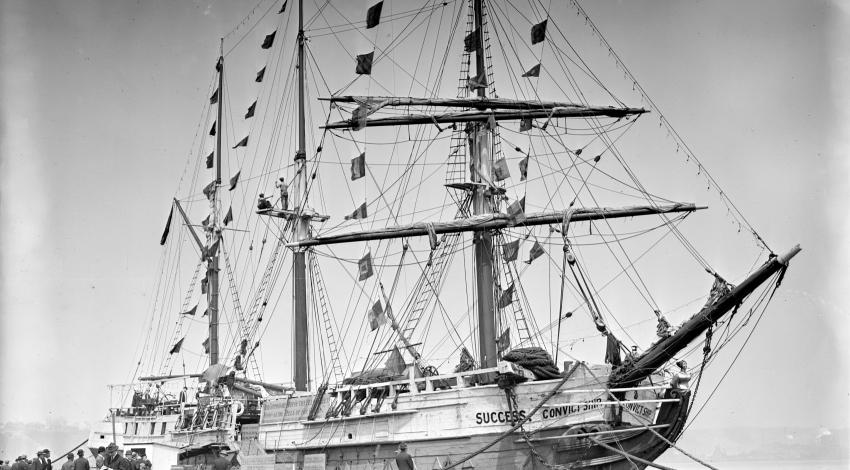
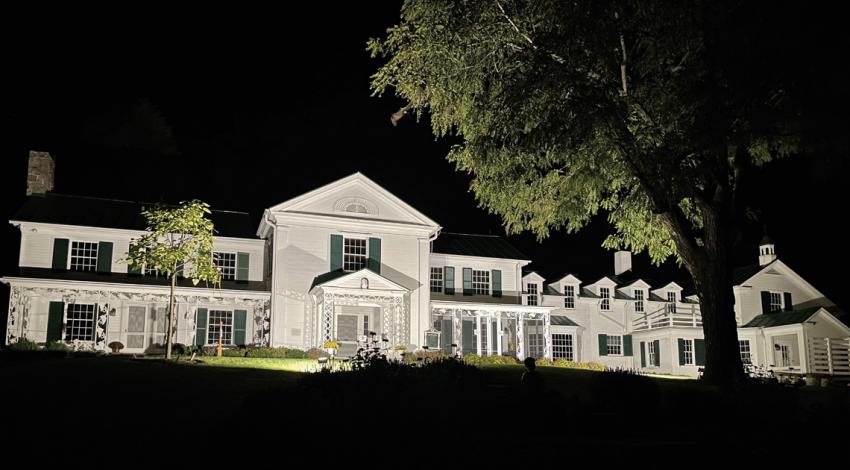
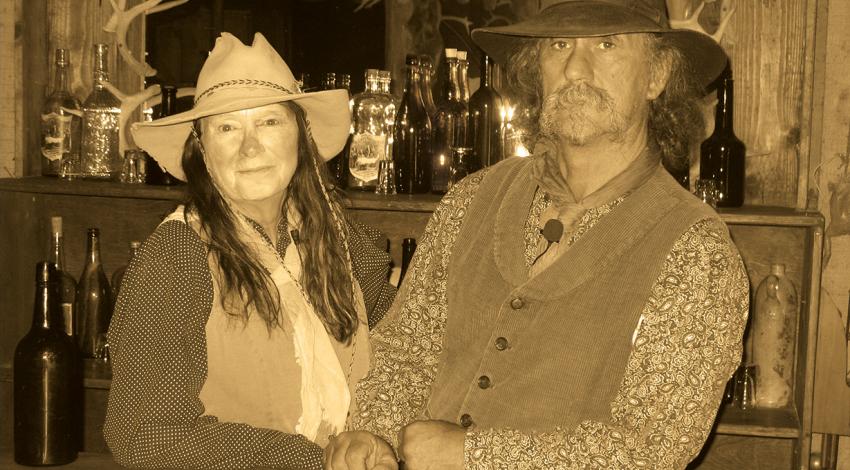
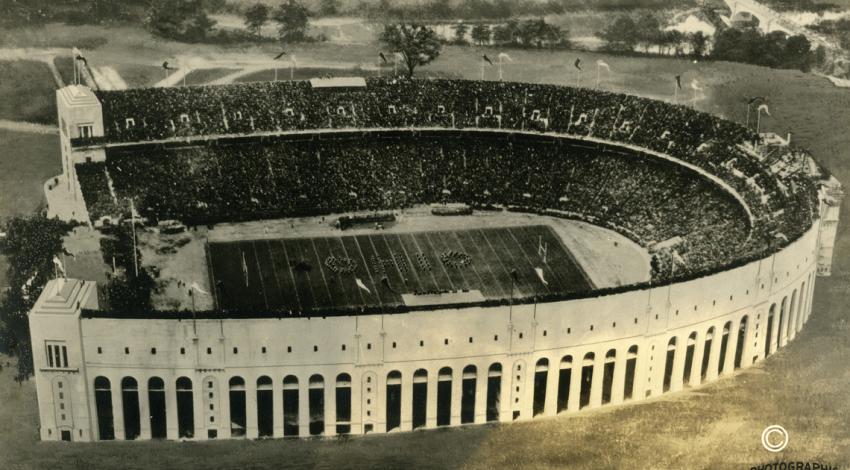
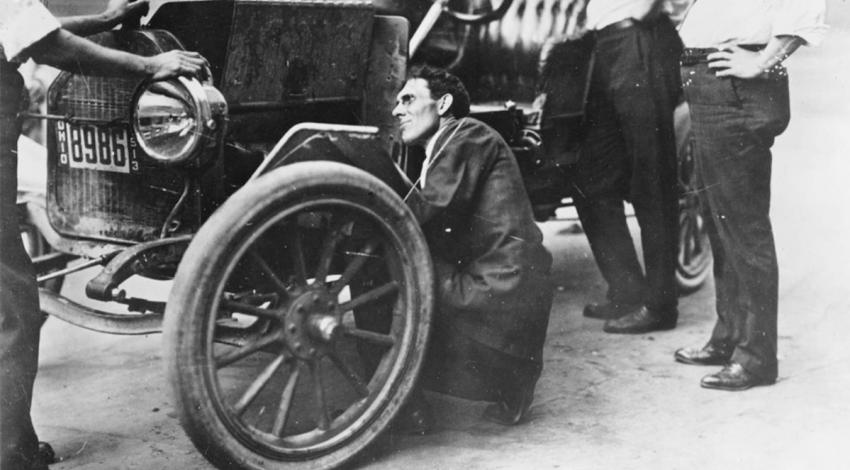

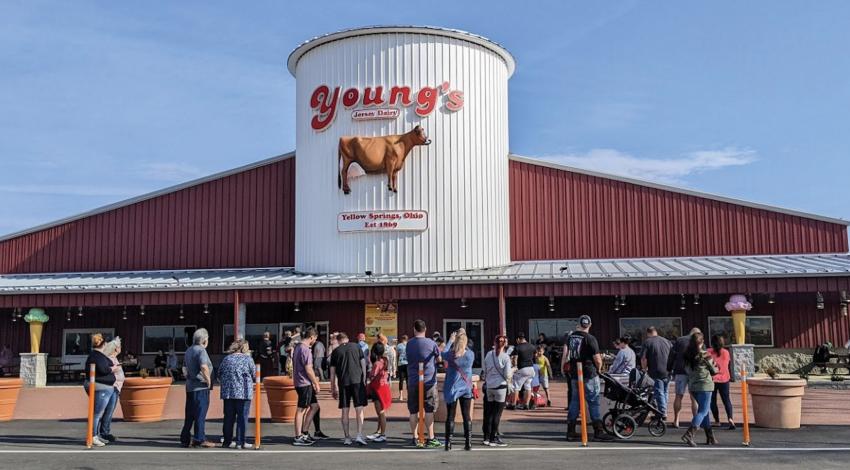
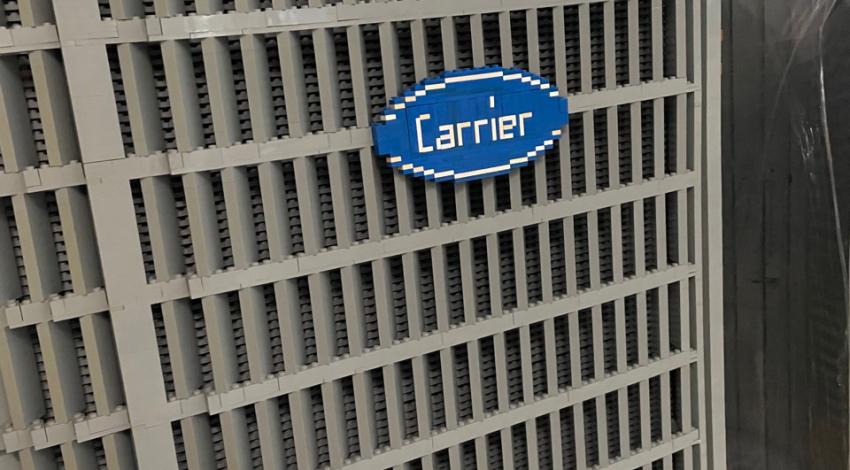
 The building’s main hallway features life-sized Larry Byrd and Kobe Bryant figures, among others. A prone man made of red Legos appears contemplative inside a case; nearby, a Lego dragon sits at a Lego campfire, roasting a Lego marshmallow.
The building’s main hallway features life-sized Larry Byrd and Kobe Bryant figures, among others. A prone man made of red Legos appears contemplative inside a case; nearby, a Lego dragon sits at a Lego campfire, roasting a Lego marshmallow. 